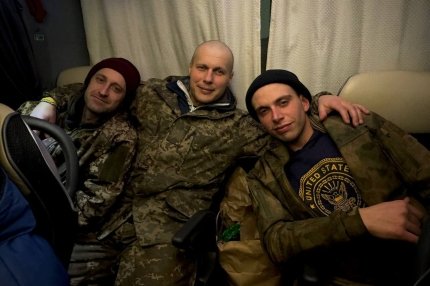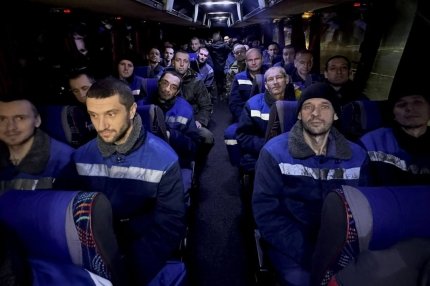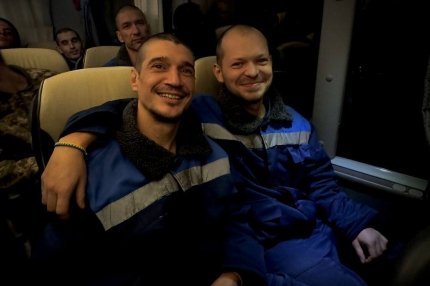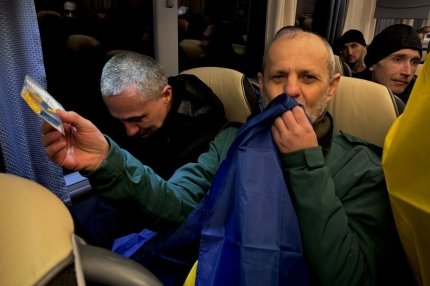On December 30, a new large-scale prisoner exchange took place between Ukraine and the aggressor country, Russia.
Points of attention
- Among those released are both military personnel and civilians.
- President of Ukraine Volodymyr Zelensky expressed gratitude to everyone who made the exchange possible.
- Ukraine continues to work towards the release of all its citizens held captive by the Russian Federation.
189 Ukrainians returned home from enemy captivity
The first to share the good news was Head of State Volodymyr Zelensky.
The return of our people from Russian captivity is always very good news for each of us. And today is one of those days: our team managed to return 189 Ukrainians home.

Volodymyr Zelenskyy
President of Ukraine

According to the Ukrainian leader, this applies to both soldiers and civilians.

Among those released are defenders of Azovstal and Mariupol, the Chernobyl NPP, Zmiyny Island, from various directions of the front: soldiers, sergeants, officers.

It was also possible to rescue National Guard members from Russian captivity, including "Azovites", border guards, Teroboronivtsi, and soldiers of the Navy and Armed Forces.

And also two civilians who were captured in Mariupol. Everyone has their relatives and friends waiting for them at home. And it is a joy that we managed to return them. Today, 189 more families are happy. We are working to free each and every one from Russian captivity. This is our goal. We do not forget anyone.
Volodymyr Zelenskyy expressed gratitude to everyone who made the new exchange possible.
Details of a new large-scale exchange between Ukraine and the Russian Federation
What is important to understand is that this is one of the largest exchanges conducted by the Coordinating Headquarters for the Treatment of Prisoners of War since February 24, 2022.
The headquarters, together with the command center of Ukrainian leader Volodymyr Zelensky, was able to save:
87 servicemen of the Armed Forces of Ukraine (17 of them — TRO),
43 — NSU,
33 — State State Administration of Ukraine,
24 — Navy.
As mentioned earlier, two civilians also returned home today.
Many Ukrainian citizens have been in Russian captivity for over two and a half years. The defenders have acute chronic diseases, the consequences of mine and explosive injuries, and serious injuries. This time, 173 privates and sergeants and 14 officers were released.
The Headquarters team expresses its gratitude to the United Arab Emirates for their assistance in organizing the exchange.










